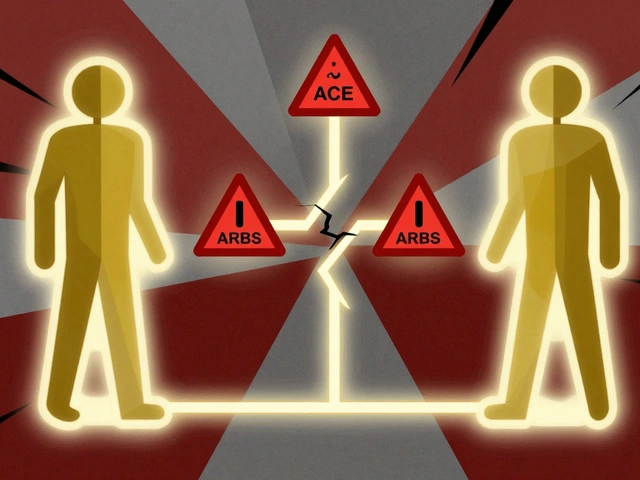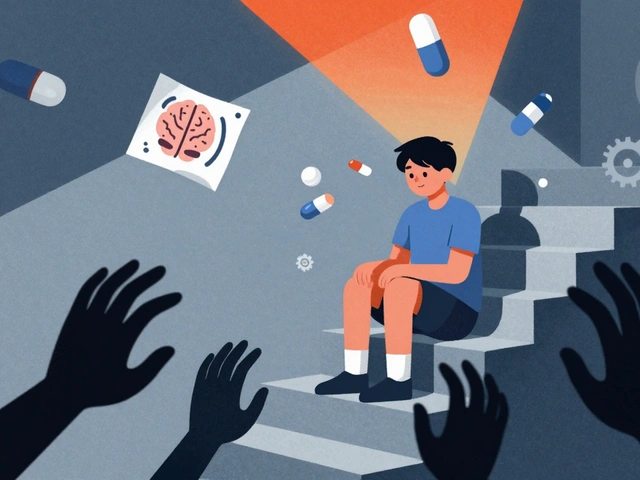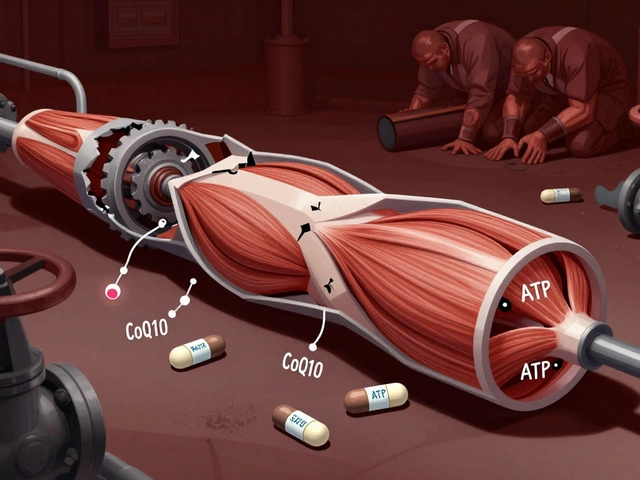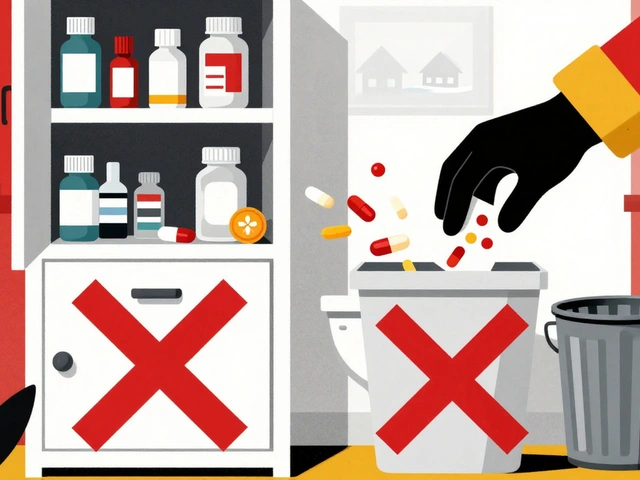Edema from Meds: Causes, Common Drugs, and How to Manage It
When your body holds onto too much fluid, it shows up as swelling—often in the ankles, feet, or hands. This is called edema, a condition where excess fluid leaks into tissues, causing visible puffiness. Also known as fluid retention, it’s not always harmless, especially when it’s caused by the very medicines meant to help you. Many people don’t realize that common prescriptions can trigger this kind of swelling. It’s not just about drinking too much water or eating salty food. Sometimes, it’s your blood pressure pill, your diabetes med, or even your antidepressant doing the damage.
Drug-induced edema, swelling caused directly by medication use, is more common than most think. Medication side effects like this often get overlooked because they’re not life-threatening—but they can seriously lower your quality of life. For example, calcium channel blockers like amlodipine, used for high blood pressure, are notorious for causing ankle swelling. So are NSAIDs like ibuprofen or diclofenac. Even some diabetes drugs like pioglitazone and rosiglitazone can make your legs feel heavy and puffy. And if you’re on steroids or certain hormones, you might notice your rings don’t fit anymore. The link between these drugs and swelling isn’t guesswork—it’s well-documented in clinical studies and patient reports.
What makes this tricky is that edema from meds doesn’t always show up right away. It might take weeks or even months before you notice your shoes feel tighter. And if you’re already managing a chronic condition, it’s easy to blame the disease instead of the drug. But recognizing the pattern matters. If your swelling started after you began a new medication, that’s a red flag. Talk to your doctor. They might switch you to a different drug, adjust the dose, or suggest a diuretic to help flush out the extra fluid. It’s not about stopping treatment—it’s about fine-tuning it.
You’ll find real cases in the posts below: how lisinopril can cause swelling, why metformin might affect fluid balance when paired with contrast dye, and how certain antidepressants or painkillers contribute to puffiness. These aren’t rare side effects. They’re common enough that doctors should ask about them. The goal isn’t to scare you off your meds—it’s to help you spot the signs early, understand why they happen, and know what to do next. Whether you’re dealing with mild puffiness or worrying about sudden swelling, the right info can make all the difference.
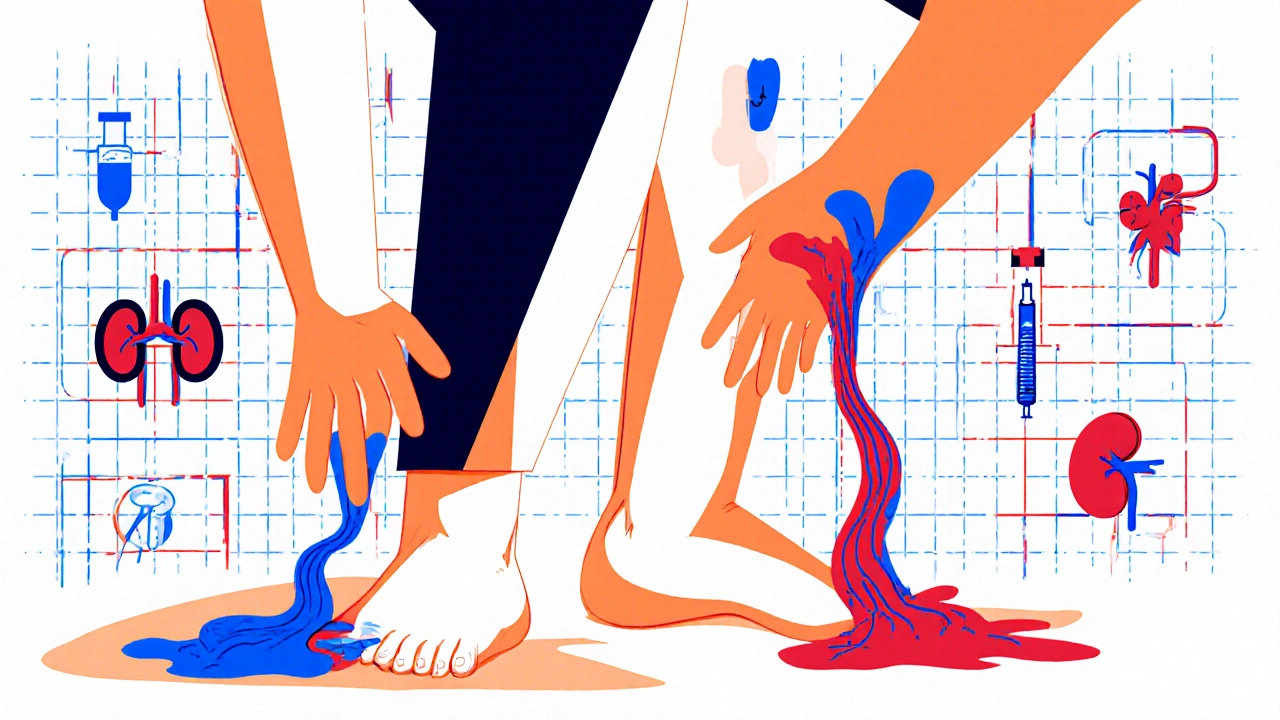
Hand and Foot Swelling from Medications: When to Contact Your Doctor
Hand and foot swelling from medications is common but often ignored. Learn the signs it's serious, which drugs cause it, when to call your doctor, and what to do next.
read more
